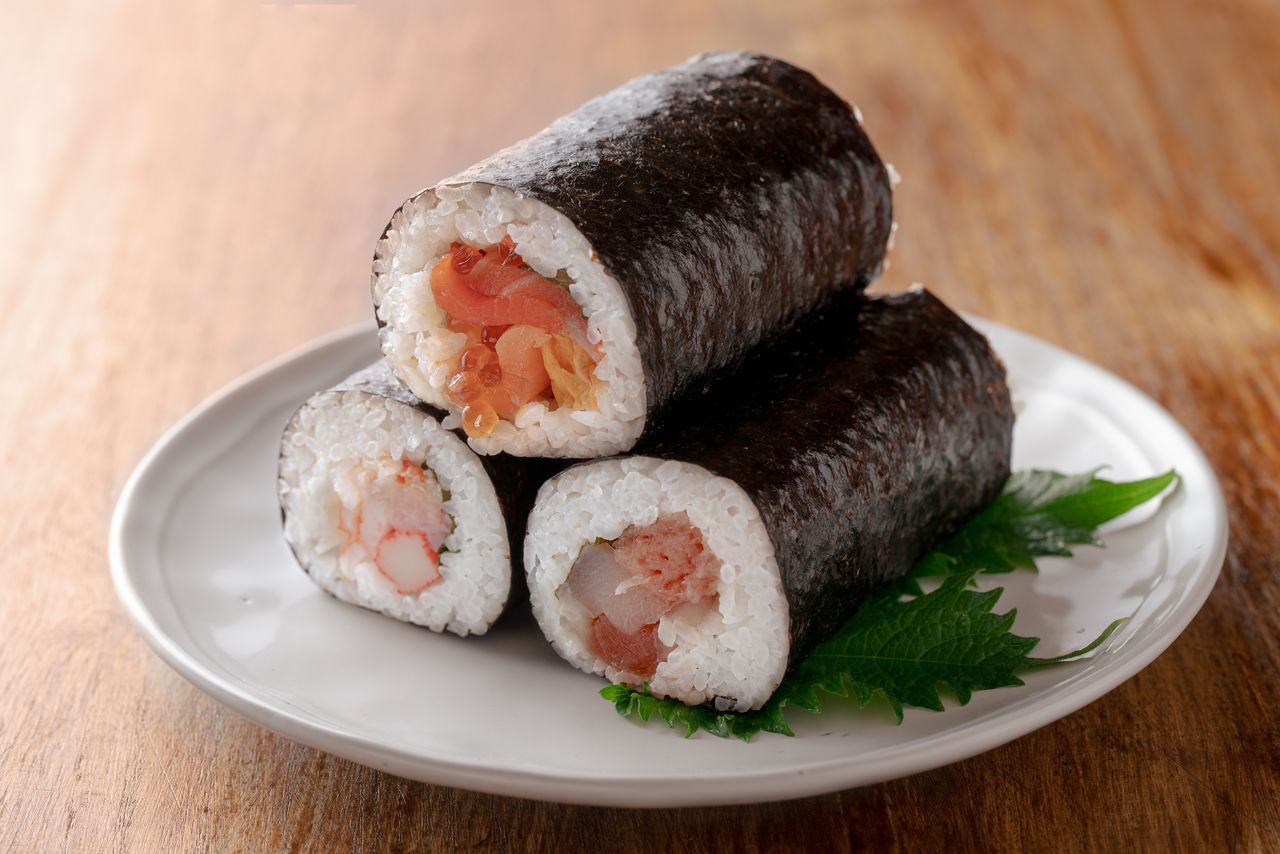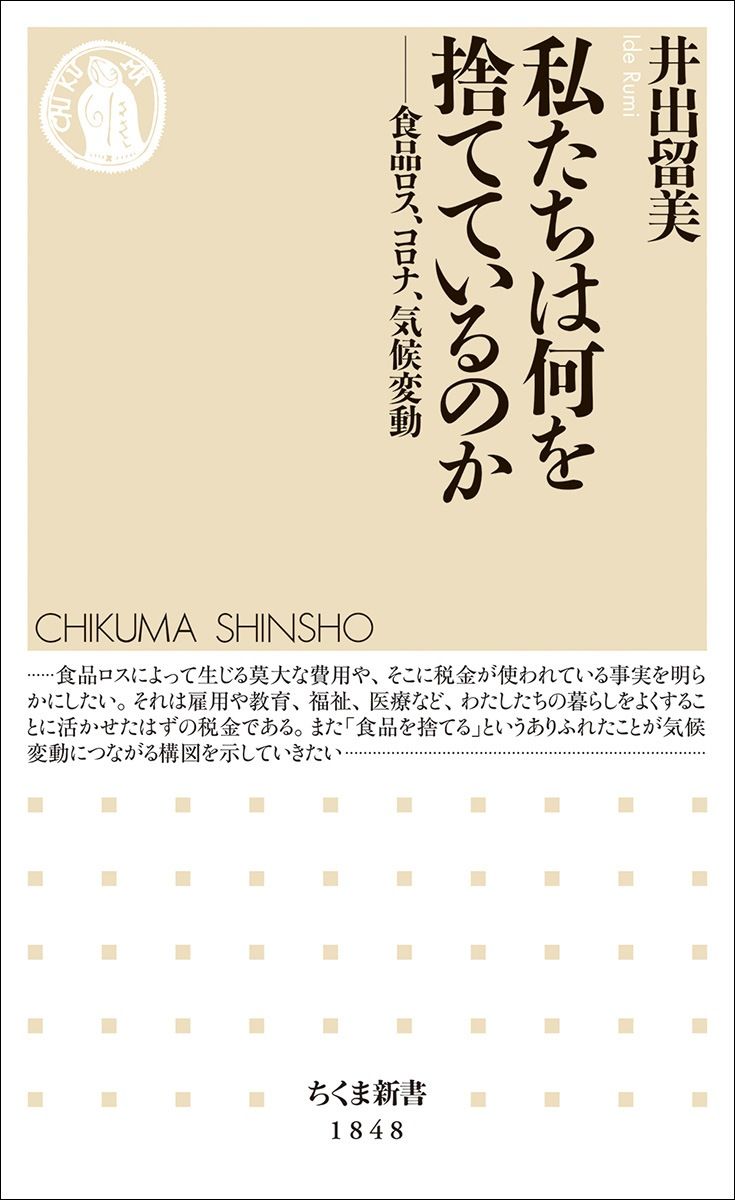Japan throws away massive amounts of still edible food even as rice prices soar. In a recently published book, journalist Ide Rumi looks at the staggering financial costs and climate impact of food loss in Japan.
Waste Amid Crisis
Consumers across Japan panicked when rice vanished from supermarket shelves in August 2024. Although bags of the staple grain eventually reappeared, they received a second shock as prices had nearly doubled. Yet even amid what has been dubbed the “Reiwa rice crisis,” massive quantities of perfectly edible rice were thrown out as a matter of course.
The problem is illustrated by a facility that processes food waste from Tokyo area department stores, supermarkets, and convenience stores into feed for pigs. The plant received approximately 40 tons of food waste every day, around 8 tons of which was rice, an amount equivalent to some 53,000 bowls.
Journalist Ide Rumi in her book Watashitachi wa nani o suteteiru no ka (The Food We Throw Away) points at Japan’s strict regulations for helping fuel this waste. Under Japan’s food labeling laws, polished rice, which has been processed to remove bran and other residue, is classified as “fresh food.” Once milled, rice typically remains on shelves for a little over a month. While some stores offer older bags to employees at a discount or donate them to food banks, much of the rice is merely thrown away.
New Approach Needed
Ide argues that any steps to stabilize Japan’s rice supply must first include efforts to reduce the amount of the grain that goes to waste. She suggests giving stores the option of continuing to sell polished rice at a discount two months past milling, noting that peak freshness and flavor are not the only factors that consumers care about.
Epitomizing the issue of food loss in Japan are large sushi rolls called ehōmaki. The rolls, associated with the custom of Setsubun in early February, are thought to bring good luck, and to woo customers in the slow post-New Year season, convenience store chains and departments stores have taken to offering specialty rolls made with high-end ingredients.

Different varieties of ehōmaki. (© Pixta)
However, the profit-driven approach has fueled overproduction, even as the ehōmaki fad has shown signs of waning. Ide estimates that in 2023, ¥1.28 billion worth of rolls, some 2.56 million ehōmaki, went unsold and were tossed out. She asserts that amid rice shortages, ehōmaki hardly live up to their lucky reputation and instead have come to typify food waste at its most egregious.
Turning her attention to the COVID-19 pandemic, Ide details how the health crisis exacerbated food waste in unexpected ways. For instance, when the government closed schools nationwide in March 2020, school lunch programs came to a screeching halt. Standard menu items like milk and bread that would have normally been consumed by hungry students accumulated and needed to be discarded. Similarly, when major department stores began closing their doors in April during the first state of emergency, vendors who supplied the showcases of stores’ basement-level markets found they had nowhere to offload their inventory.
The much-heralded Tokyo Olympics were also a source of loss. The games were held in 2021 after a one-year delay, but while the lack of spectators reduced the need for volunteers, organizers failed to adjust the number of meals accordingly, causing around 20% of boxed lunches, some 300,000 in all, to go to waste.
Follow Your Gut
Japanese households tend to be sensitive to best-by dates, particularly for milk and eggs. While these figures are helpful in determining when items are at their freshest, manufacturers tend to be conservative when setting them to hedge against potential risks. Ide decries the habit of throwing out food based solely on sell-by dates and emphasizes that most food is safe to consume as long as it is stored properly. She points to the date on eggs, which in Japan indicates when they are best to eat raw, and advises to quickly cook any that have exceeded their best-by date rather than throwing them out.
Ide highlights a growing number of examples of countries working to improve understanding of best-by dates. In Denmark, for instance, several food manufacturers have printed messages on the side of milk cartons urging consumers to “trust your five senses” in determining if food is still safe to eat. These and other efforts have succeeded in reducing food waste in Denmark by 25% over five years. In Britain as well, a major supermarket chain in 2022 announced it would modify or eliminate best-by and other dates on dairy products and produce, saying that they encourage food waste.
Food Waste a Driver of Global Warming
The world is beginning to take the issue of food loss more seriously, but efforts are motivated by more than a desire to reduce wastefulness. Disposing of large amounts of food waste, such as incinerating it, is expensive and releases massive amounts of greenhouse gases, making it a significant contributor to climate change.
Japan has a highly developed waste collection system. As of 2024, it boasts over half of the world’s trash incinerators at 1,016, and its incineration rate of approximately 80% is the highest among OECD member countries. However, Ide strongly criticizes the practice, asserting that the large amount of fuel needed to burn food waste, which is hard to incinerate as it is around 80% water, is a major source of emissions.
Japan is fifth behind China, the United States, India, and Russia as a leading emitter of greenhouse gases. However, food waste’s impact has been overlooked when considering the issue of climate change. According to the UN Food and Agriculture Organization, Japan is third in the world behind China and the United States in terms of emissions from food waste.
Ide says that more pressure needs to be applied to retailers to cut food loss. She notes that a single convenience store discards ¥4.68 million worth of food annually and that many major chains incentivize over-ordering by subsidizing waste costs for individual stores, including providing up to ¥30,000 to dispose of unsold food from year-end and New Year campaigns.
The amount of waste can weigh heavily on the conscious of employees. According to a survey by an NPO that deals with labor and lifestyle issues, 40% of convenience store workers who quit their jobs do so from the stress of having to throw away so much edible food. As more and more shops are staffed by foreign workers, the author wonders how they see Japan’s wasteful treatment of still-edible food.
Ide writes that best-by labeling in Japan only began about 50 years ago. Before that, consumers had to rely on their senses to determine if food was still edible. While she says that people should take every precaution to avoid eating potentially spoiled food, throwing away items based on arbitrary guidelines runs counter to Japanese cultural norms that place high value on the efforts and resources that go into preparing food.
The author’s proposal that “each of us can start climate action today by reducing food waste” should ring true for people in Japan and around the globe.

Watashitachi wa nani o suteteiru no ka: shokuhin rosu, korona, kikōhendō (The Food We Throw Away: Food Loss, Pandemic, and Climate Change)
By Ide Rumi
Published by Chikuma Shobō in 2025
ISBN: 978-4-480-07677-9
(Originally published in Japanese. Banner photo © Pixta.)


AloJapan.com